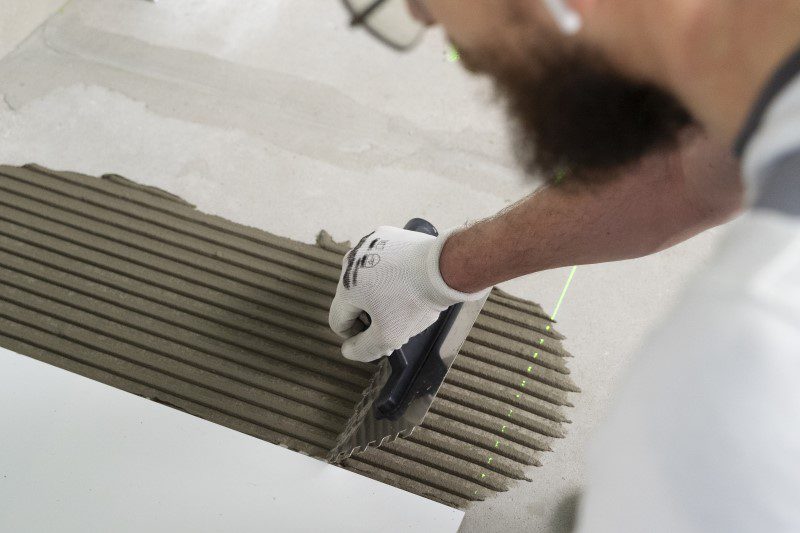The world is changing rapidly and increasingly dominating mass production and technology. The development of urban areas and their high-quality design have pushed the architecture to utilize mass-production items and master the art of production. Tilemaking is one of those domains that is highly affected by mass urban development. Tilemaking is an art that requires precision and artistry to create fascinating and traditional designs. The production of tiles in the modern day is not simple. It requires many skills and techniques of a dedicated team who breathe new life into the useless mud.
Tilemaking in old times
In the old times, tilemaking was crafted by painting tiles with different decorative purposes. Traditional craftsmanship takes a backseat as modern techniques are in the market. The passion for art has changed to consumerism and unparalleled quality. Tiles are versatile flooring choices in many home offices, spaces and other places. The manufacturing of the flooring directly influenced the mood, lifestyle and way of homeowners.
Different Techniques of Making Tiles
Tiles are not a bag of mud or soil. Tiles are made by converting raw materials and medical things into pharmacy. Currently, many techniques make the process of tilemaking effective and efficient in manufacturing. However top 5 tilemaking processes and techniques are mentioned below for your consideration.
1: Extrusion Method
The extrusion method is commonly used for ceramic and porcelain tiles. In this method, a clay mixture is forced to make a mould or create tiles with uniform shapes and sizes. This technique is suitable for producing simple geometric shapes.
2: Dry Pressing
Dry processing is also a major tilemaking process. It is mostly used for porcelain tiles through dry processing. The technique of dry pressing is to control the temperature under high pressure. The results are a fine-grained surface.
3; Wet Processing
Ceramic tiles are used for wet tilemaking. It is tried to make them connect, but tile shapes typically take less dense and slightly rougher textures.
4: Slip Casting
Commonly it is manufactured in ceramic and decorative tiles. The raw material of tea or coffee takes charge of the plaster or mud container. It is mixed thoroughly and absorbs the water from the air. Slip-casting tiles are made from a clay mixture and after drying the mud casting, a solid layer of the moisture is removed and dry
5. Glass Fusion
Typically used for the glass tiles and the fused layer of glass and paint. Glass tiles are created by making water into different forms. The fusion process results in a glossy and vibrant colour and HR manager.
Raw Material in Tiles
Different types of raw materials are used in different stuff. The raw material is a reflection of HR. However, how many times have they managed the tile marking process made their design and drawn their manufacturing aspects? Some of the major raw materials of the pizza eatery that all are applying this pattern.
- Clay: Clay is the major fine raw material for making different types and shapes of tiles in the market. Different clays are further used in the process such as ball clay or kaolin. Clay provides a massive range of base materials to use in various tiles.
- Slica: Slica is the quartz or quartzite used for the hardness and resistance to abrasion. Silica contributes to a glassy surface. In tile mixture, the hardness of the tile is increased.
- Glass: Glass is especially used in Glass tiles. As the glass is raw material, it is melted and then reconstructed. The composition of the glass in tile making is used to show specific colours and translucency levels
- Recycled Material: In some parts of urban areas, tiles are used to make tiles via recycled material. Raw material such as glass, ceramic or porcelain.
The specific combination and proportions of the raw material are significant to decide the base of flooring or wall. The manufacturing process is available for 12 months to cross the geographic location and make tiles a new journey.
Tilemaking process is very continuous and it requires dedication and hard work. The manufacturing of these versatile flooring improves the choices to make the tiles more effective and undergo specific tasks to achieve specific finishes,



